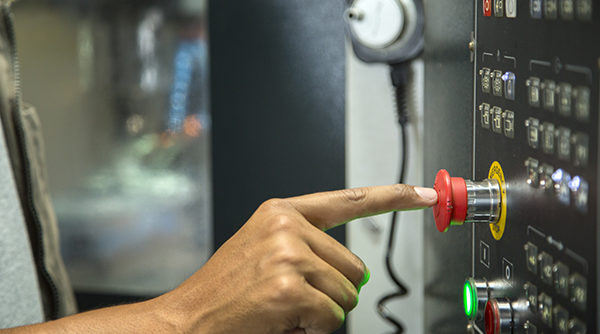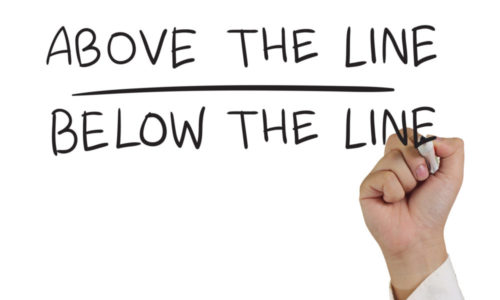
Have you ever wondered why some people are just easier to work with than others? Most of us have felt this way at some point – if not daily. Humans and their interactions are complex, and working side-by-side has a way of highlighting differences.
Some good news: There are three very simple, effective steps you can take to improve communication and relationships, no matter who you’re dealing with.
Step #1: Start With the Mirror
Step #2: Silently Take Inventory of Differences - and One Key Similarity
Jeff rolls his eyes when leadership makes requests. You think it’s juvenile…but let’s be honest, you feel the same way sometimes (even if you don’t show it!). Internally acknowledging the behavioral styles of those you work with can help you identify and understand their priorities – and how those priorities differ from your own.
Once you’ve acknowledged differences, remind yourself that every person thinks their way is the right way. Even if you seemingly have nothing else in common with a colleague, you share that one trait! Keeping this reality front and center can breed just enough camaraderie to foster change.
Step #3: Identify Where To Manage Behavioral Differences vs Where To Aim for Behavioral Change
In most cases, your job is to work with team members who differ than you – not to change them. There’s a very big difference between the two.
If you are in a position to change a team member’s behavior, start from this point of understanding, and remember to tread carefully. Consider enlisting the help of the DISC® workplace profile. It is a leading assessment tool used by over one million people every year to improve work productivity, teamwork, and communication. The DiSC® model provides a common language that people can use to better understand themselves and adapt their behaviors with others—within a work team, a sales relationship, a leadership position, or other relationships.








